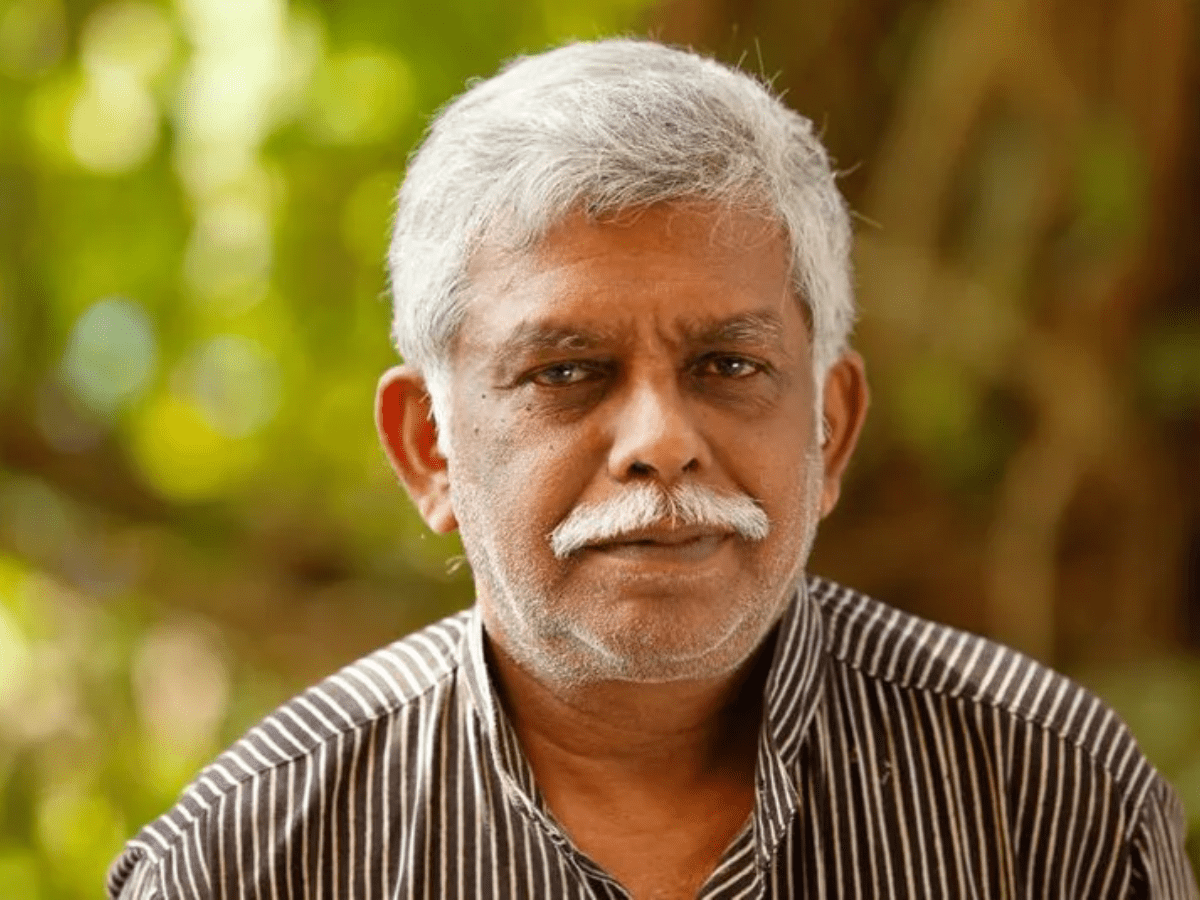
A Kozhikode Sessions court in Kerala observed that a sexual harassment offence cannot be prima facie applied if a woman was wearing a ‘sexually provocative dress.’
The order was passed while granting an anticipatory bail order to author and social activist Civic Chandran in a sexual harassment case. This is the second sexual harassment case against the 74-year-old Chandran.
Chandran had produced photographs of the woman along with his bail application.
Session Judge S Krishnan Kumar noted, “The photographs produced along with the bail application of the accused would reveal that the defacto complainant herself is exposing to dresses which are having some sexual provocative one. So Section 354A will not prima facie stand against the accused.”
The court further added that it is hard to believe that a senior citizen who is physically challenged could forcibly ask the complainant to sit on his lap.
“It cannot be believed that a 74-year-old physically challenged man forcibly sat the complainant on his lap and inflicted bodily harm even if he admitted to having physical contact. The 30-year-old complainant has a better understanding of what constitutes sexual harassment,” the court noted.
The court further raised suspicion about the delay in filing a complaint.
“The complaint is filed six months after the incident. The complainant should explain why there was such a delay in filing the complaint,” the court pointed out.
On February 8, 2020, the complainant, a young writer, attended a camp convened by Chandran at Nandi beach, Kozhikode.
When the event was over, Chandran grabbed the complainant’s hand and forcefully took her to a lonely place. There he asked her to lie on his lap while he pressed her breasts and tried to outrage her modesty.
The complainant registered a case with the Koyilandy police under Sections 354A (2) (Sexual harassment and punishment for sexual harassment), 341 (Punishment for wrongful restraint) and 354 (outraging the modesty of a woman) of the Indian Penal Code.
Advocates appearing for Chandran contended that it was a false and fabricated case against their client. they also argued that no one who attended the event complaint or raised any such occurrence of the incident.



